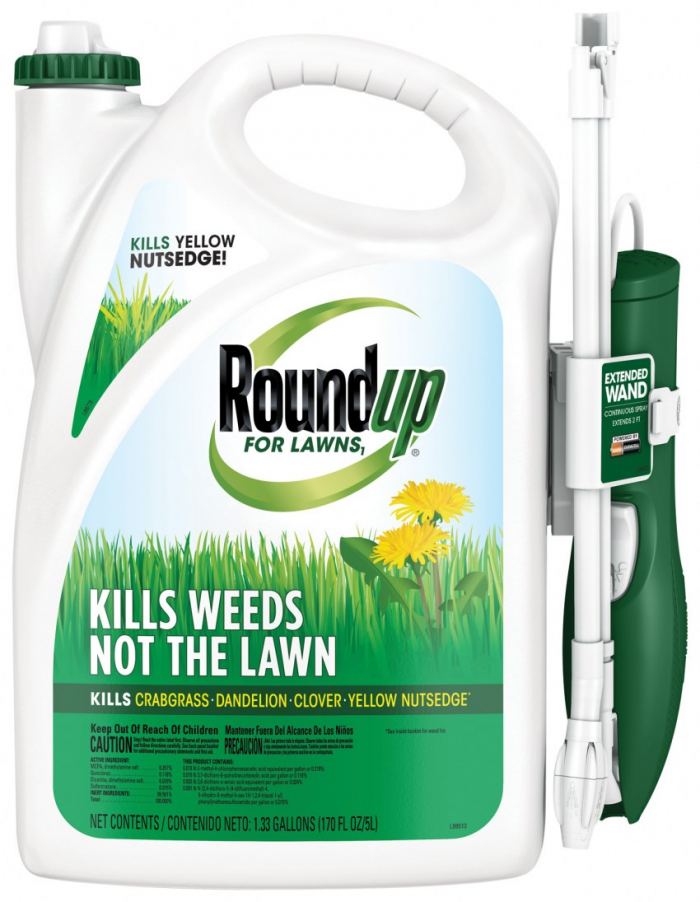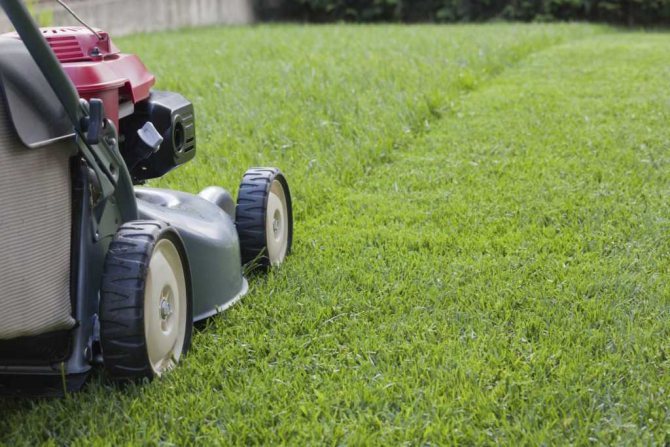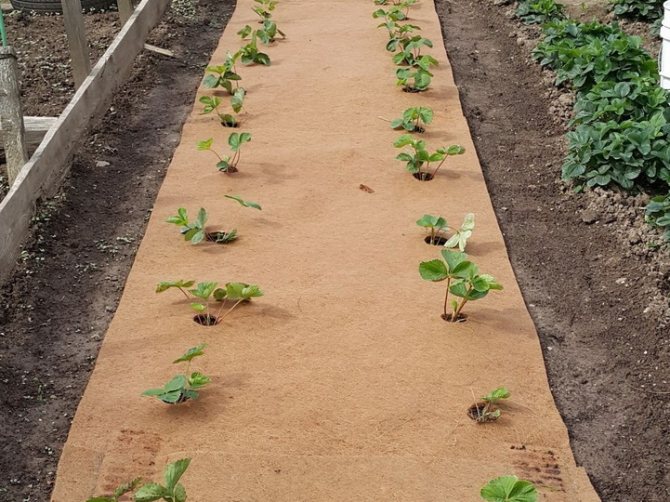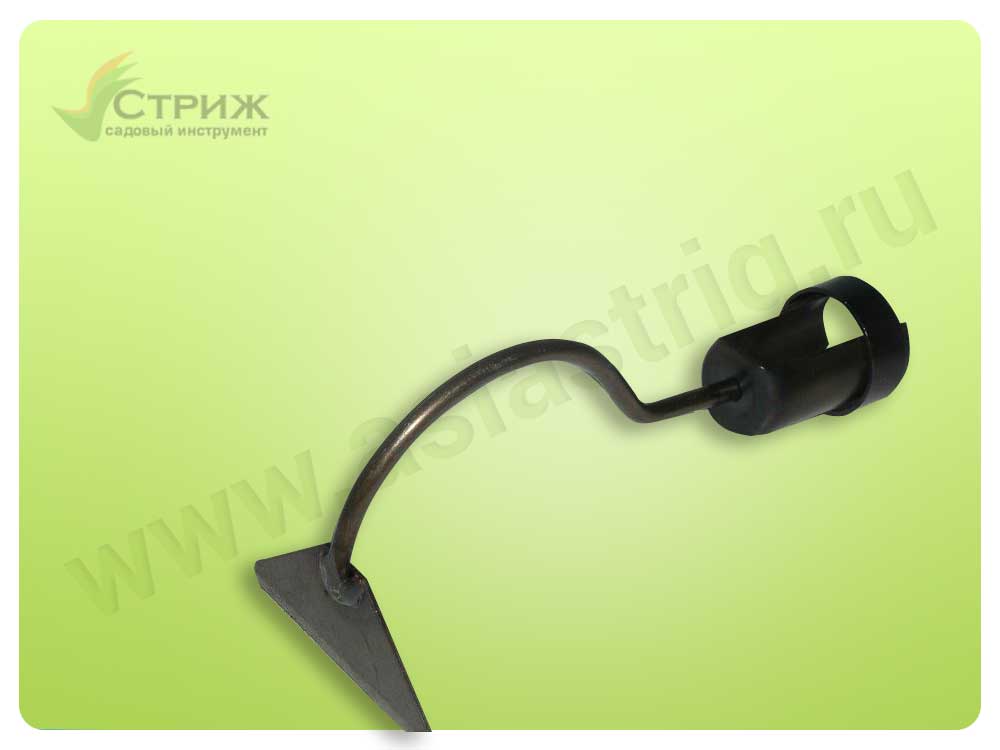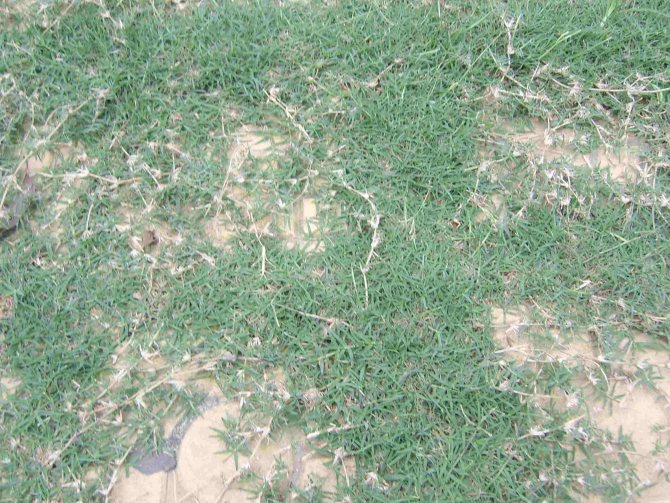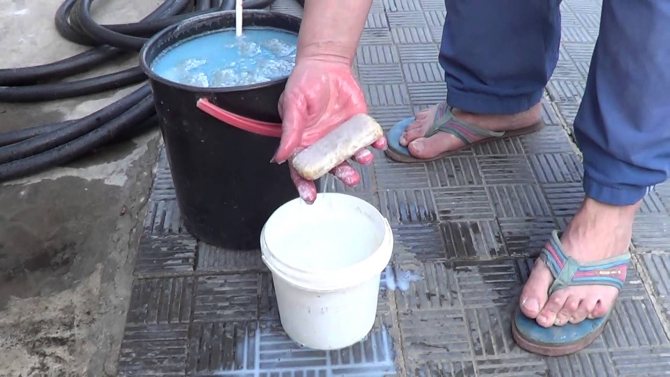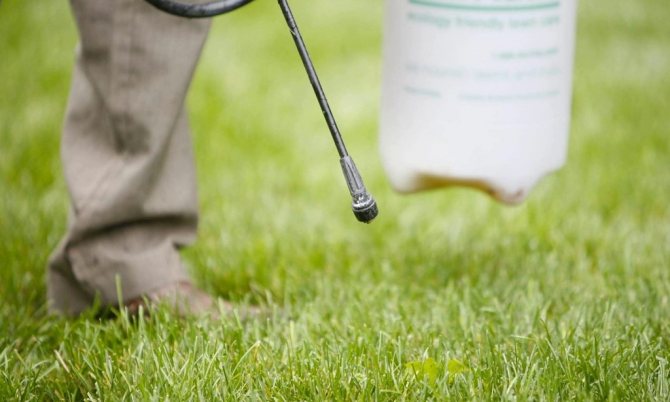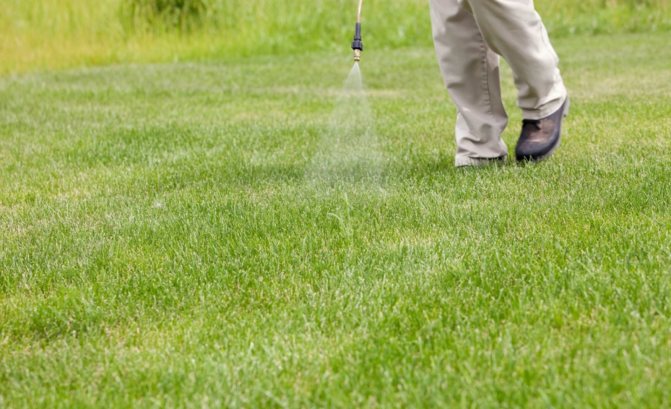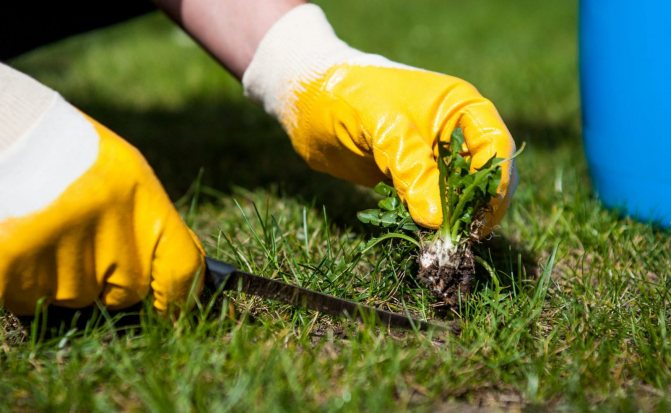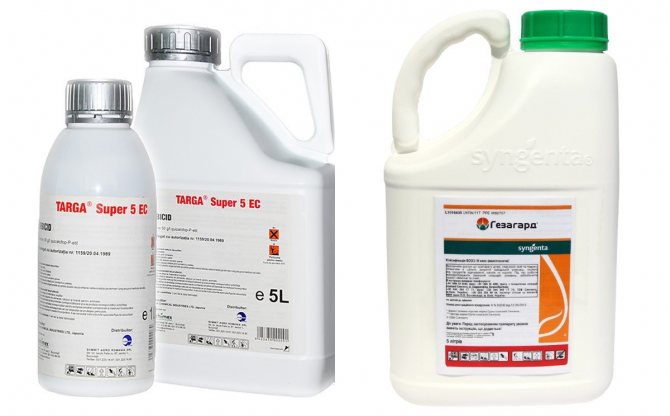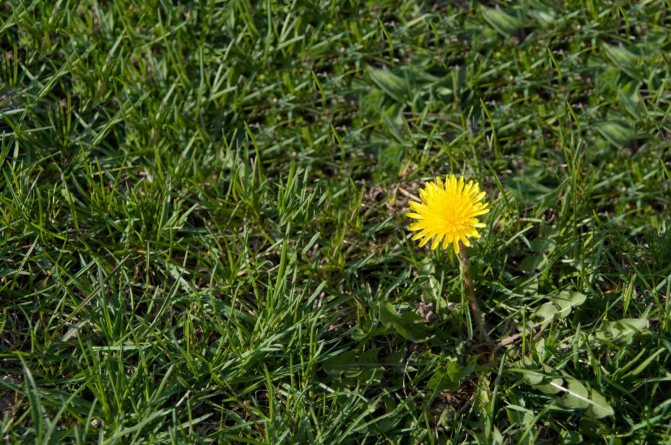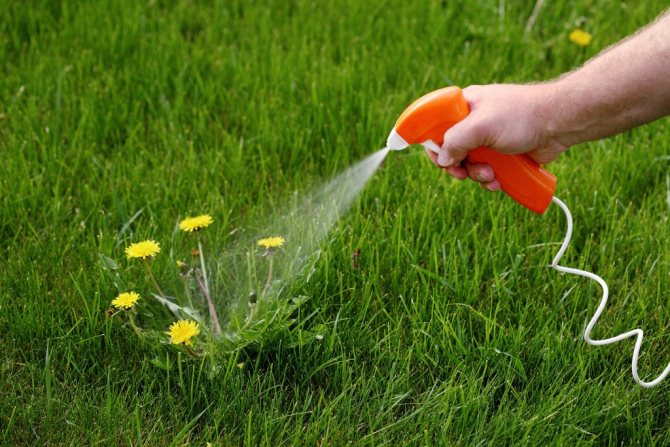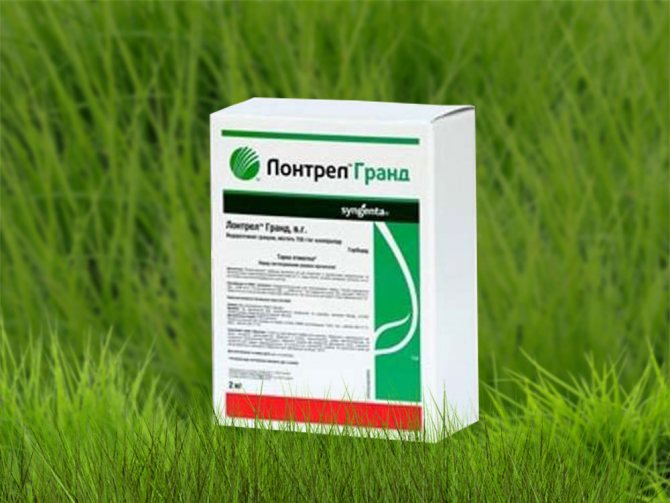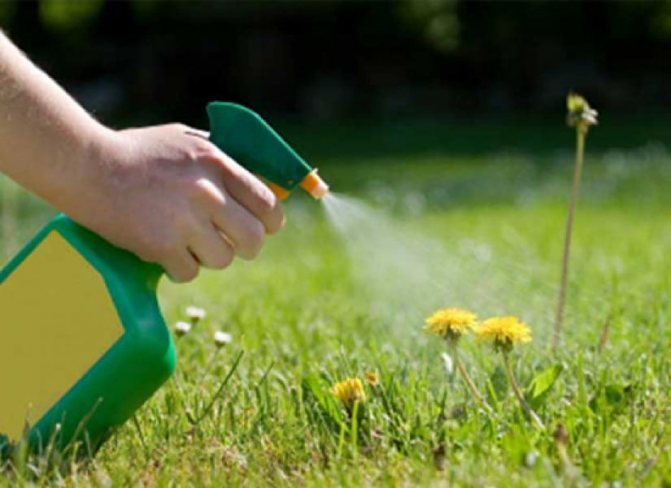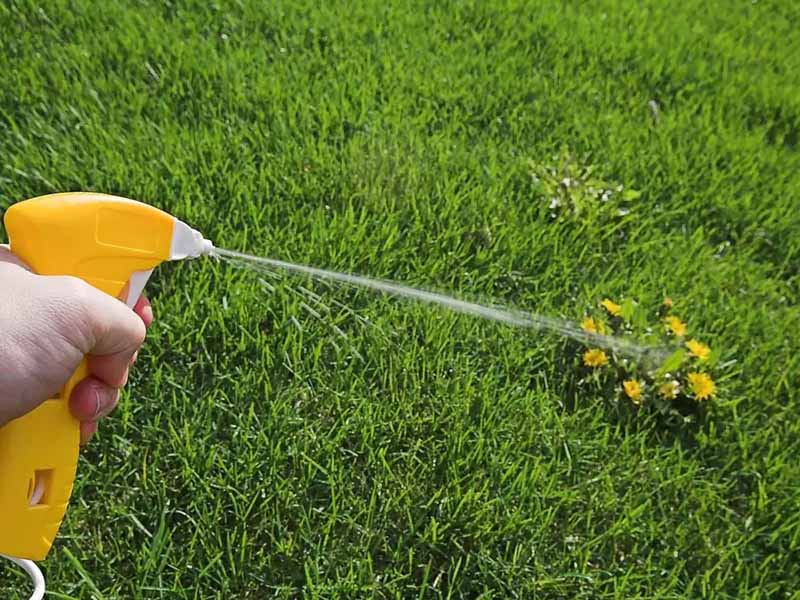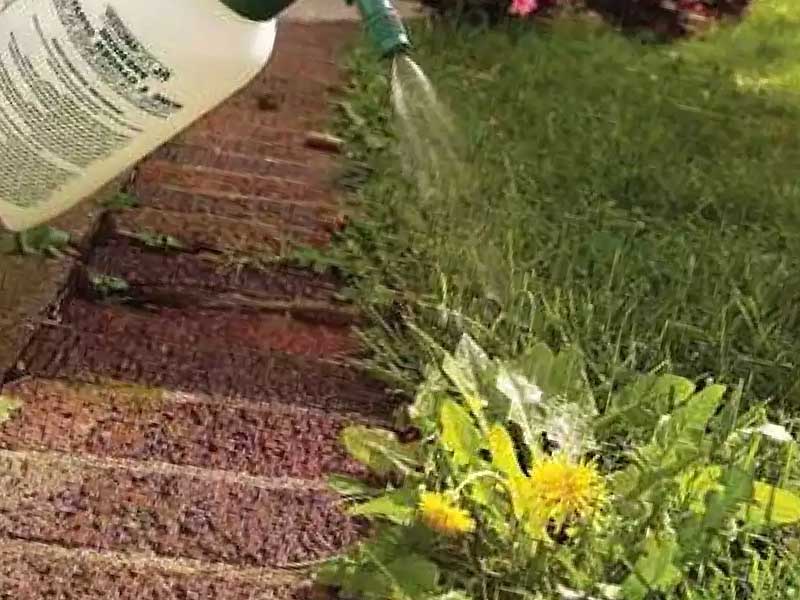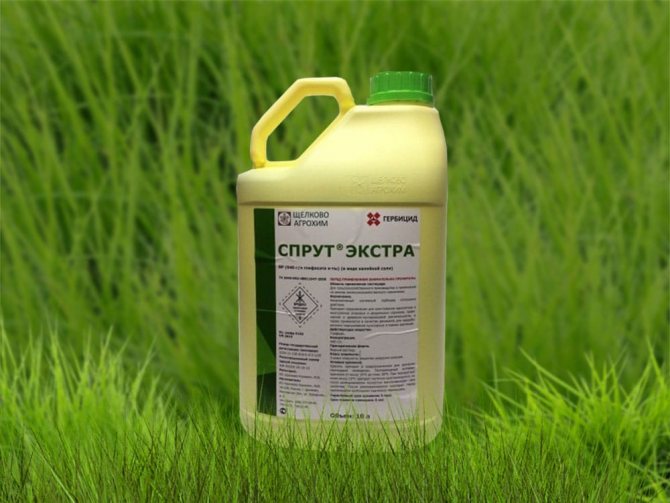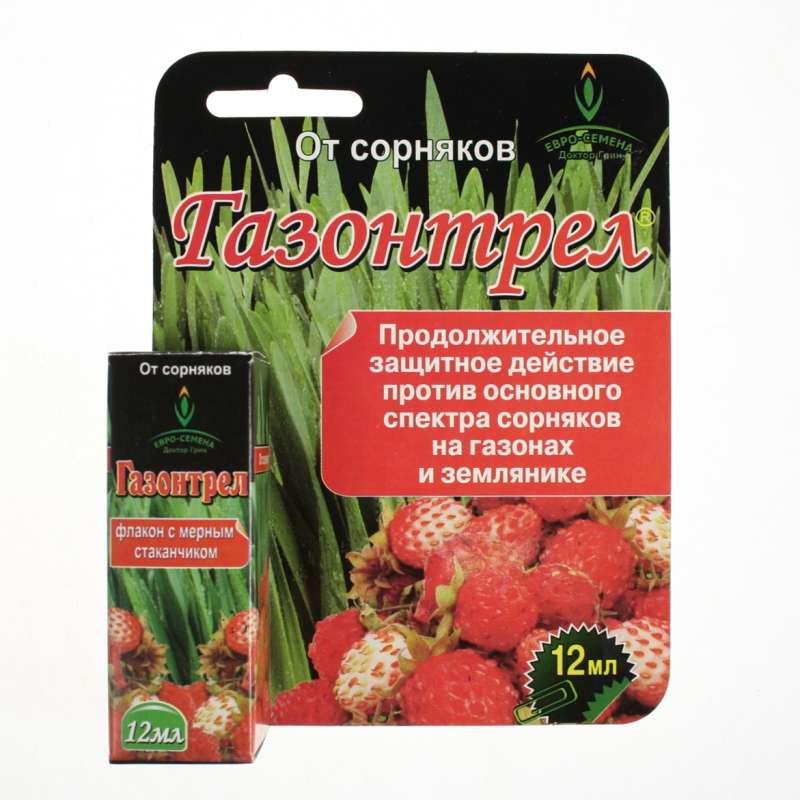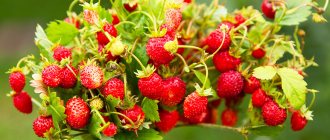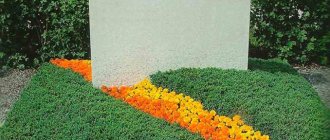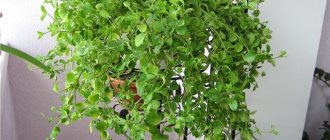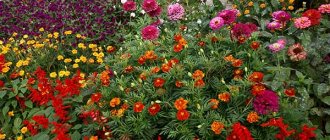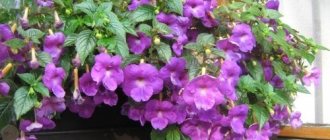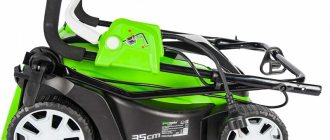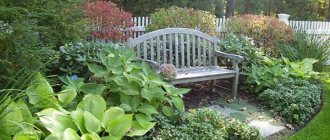To grow a crop in the garden, the summer resident has to carefully look after the seedlings during the entire growing season. In addition to pests and diseases, weeds are dangerous for cultivated plants, reducing the yield by half. Not a single vegetable will grow on the beds overgrown with weeds - they will crush it.
The contamination of the suburban area speaks of the negligence of the owner, of his ignorance of the peculiarities of the development of cultivated plants. Weeds damage not only plants but also the soil. There is a minimum of benefit from them, but much more harm.
Why weeds are difficult to eradicate mechanically
Weeds are sown annually in garden and backyard plots in a great variety. Most of them are annual plants whose seeds germinate under favorable conditions and live for one season.
A group of perennial weeds is distinguished by its ability to reproduce annually. The peculiarity of perennial weeds makes mechanical methods of controlling them difficult. These voracious plant parasites regenerate from the smallest part of a root or stem that has at least one living bud. In addition, weeding is not an easy job and not all gardeners can do it for health reasons, level of physical fitness.
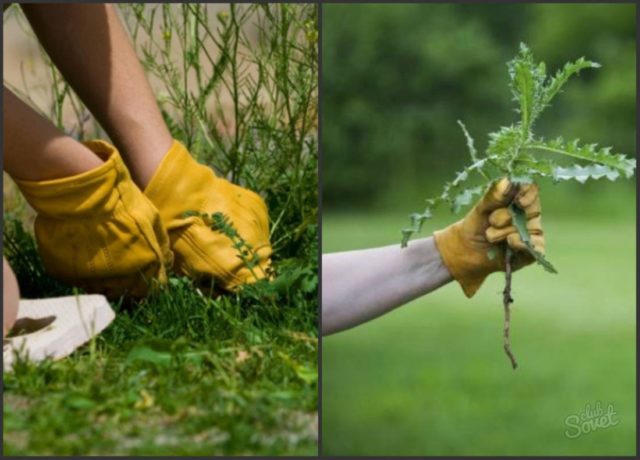
Weeding of large areas takes a long period of time
Photos and names of weeds on the lawn
Weeds are annual or perennial grasses that spoil the appearance of the lawn. The greatest danger is posed by creeping plants, which quickly fill up the free space. Weeds are resistant to cold and drought, take nutrients from the soil, and attract pests.
The most common weeds on the lawn:
- Dandelion. Herbaceous perennial with a powerful root up to 60 cm long. The leaves of the plant are feathery, dissected, collected in a rosette. Its flowers are yellow, in the form of baskets. Perennial flowering begins in March and lasts until June. As a result, achenes are formed, which are easily carried by the wind.
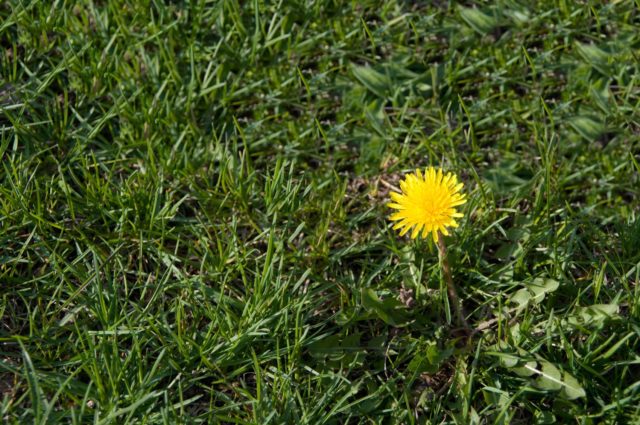

- Nettle. Perennial plant with whole leaves. It reaches a height of 0.6 - 2 m. Its stems and leaves are covered with stinging hairs. Due to the long rhizomes, nettle forms dense thickets. She prefers moist soils rich in nitrogen.
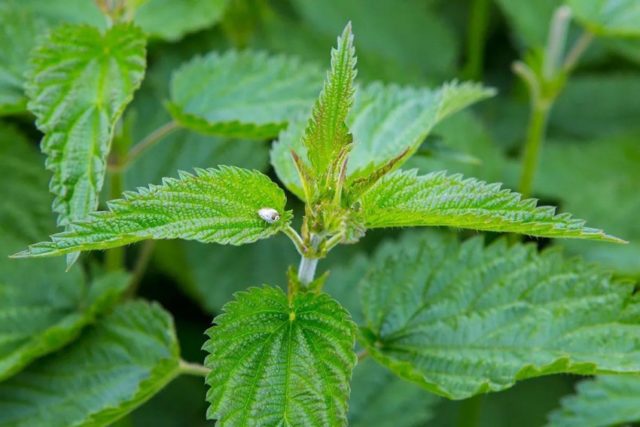

- Clover. Perennial plant with branched shoots. Its leaves are trifoliate, rounded. Loose, spherical inflorescences of pink or white color. The plant blooms from June to September. Clover prefers nitrogen-poor soils. Often freezes in winter and leaves free areas on the lawn.
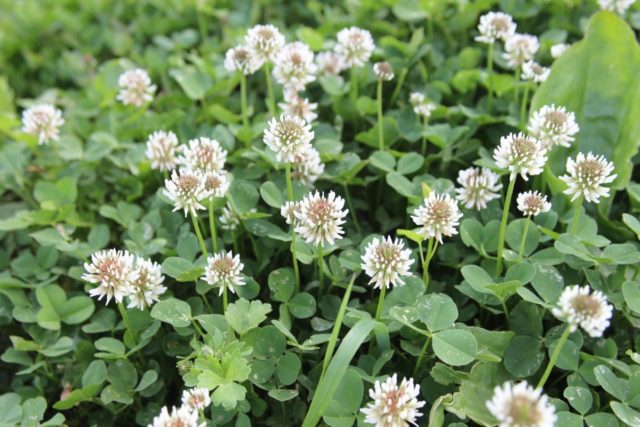

- Wheatgrass creeping. Perennial with cord-like rhizomes, which are located at a depth of 5 - 15 cm. Its stems reach a height of 0.4 - 1.5 m. Leaves are linear, flat, flowers are collected in spikelets. Wheatgrass draws a lot of water from the soil, absorbs useful microelements. As a result, the fertile soil layer is depleted.
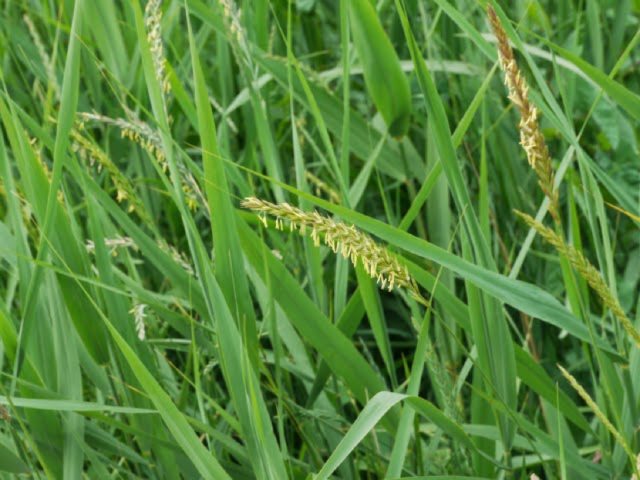

- Woodlice, or stellate. Herbaceous annual, preferring wet areas. Its shoots branch well and spread along the ground. Small white flowers are presented in the form of small stars. Woodlouse appears in early spring and blooms until late autumn. The fight against it is complicated due to the large number of seeds. Important! Woodlouse brings up to 20 thousand seeds per year.They remain viable for 2 - 5 years.


- Mary is white. A common annual with high vigor. The plant branches well, reaching a height of 2 m. Its leaves are elongated, alternate, with jagged edges. Flowers are collected in panicles. This species develops rapidly on moist soils rich in fertilizers. Its powerful root system consumes a lot of moisture.
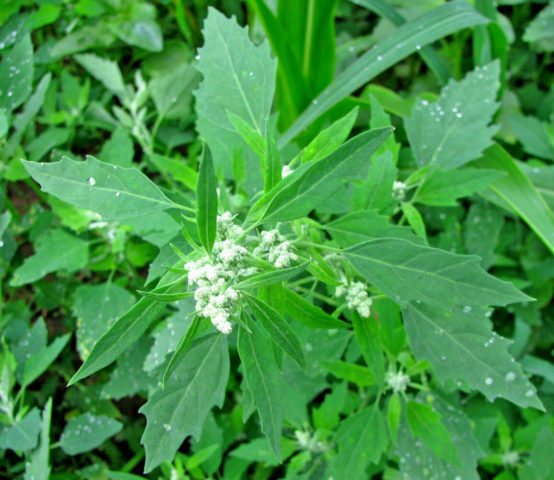

- Buttercup creeping. Herbaceous perennial that appears in moist, shaded areas. Its rhizome is short, branched, and the stems reach a height of 15 - 40 cm. The flowers consist of 5 yellow petals.
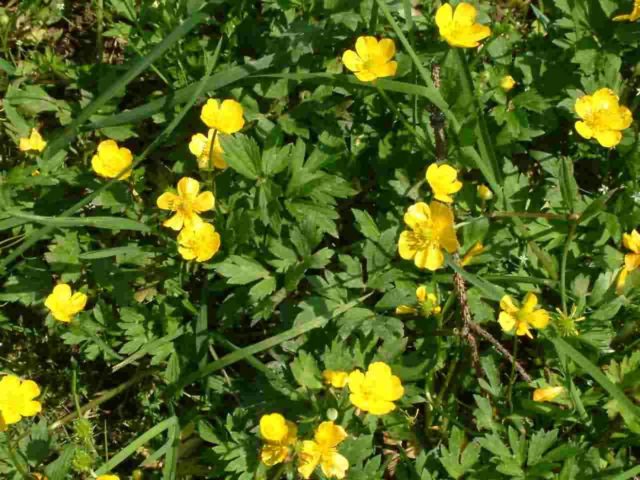

- Runny ordinary. Perennial with a horizontal creeping root. Its straight stem grows up to 1 m. The leaves are trifoliate, pointed, oblong. Its inflorescences are in the form of a complex umbrella, small flowers are white. Perennial prefers rich soil, is able to grow in the shade.
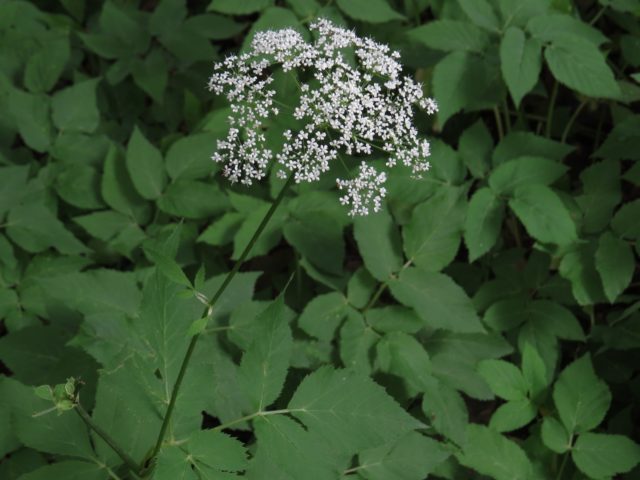

- Field mustard. This is an annual weed that grows up to 10 - 100 cm in height. Its shoots are erect, leaves are ovoid, with uneven teeth. Yellow inflorescences have the shape of a brush. The seeds of the plant remain in the soil for 10 years and germinate under favorable conditions: high temperature and humidity.
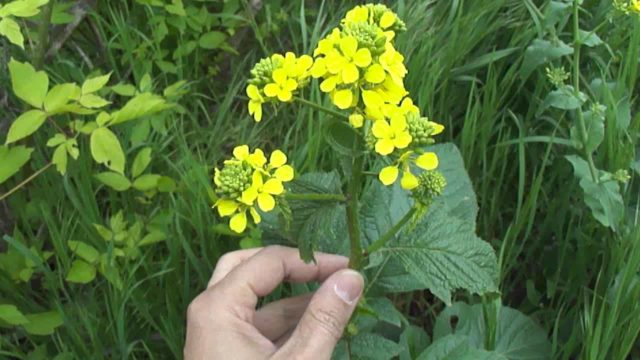

What are herbicides by type of action
According to the classification of chemical substances, herbicides are divided into inorganic and organic. It is possible to divide preparations into types of herbicides for weeds, according to the spectrum of effects on plants:
- selective - destroys all varieties of plant organisms;
- non-selective (selective) - they work in the direction of a given group of plants, they are safe for the rest.
Based on the nature of the effect, these drugs are divided into:
- systemic - regulating growth, penetrating through foliage, coleoptile, disrupt photosynthesis;
- contact - cause burns in places of contact with the surface of the leaves, destroy chlorophyll, provoke the death of plants.
There are herbicides for weeds of continuous action and selective. Herbicides for weeds of continuous action for giving allow you to get rid of all types of weeds, depending on the concentration of the working solution, they can act as selective and continuous.
Continuous action
There are many herbicidal agents of continuous effect. Before making a choice in favor of one of them, it is necessary to determine the type of weed, the percentage of the contaminated area.
Any solid herbicide against perennial weeds can be used to:
- removal of weeds on agricultural lands, during pre-sowing treatment;
- in summer cottages and garden plots with the aim of destroying weeds in the aisles;
- clearing land in the park area, house plots, along busy highways and highways, burial sites;
- elimination of algal plaque in places of navigation.
If the correct scheme of use is followed, the destruction of weeds with herbicides helps to save energy, money and time and show high efficiency. Means of continuous action destroy all varieties of plants.
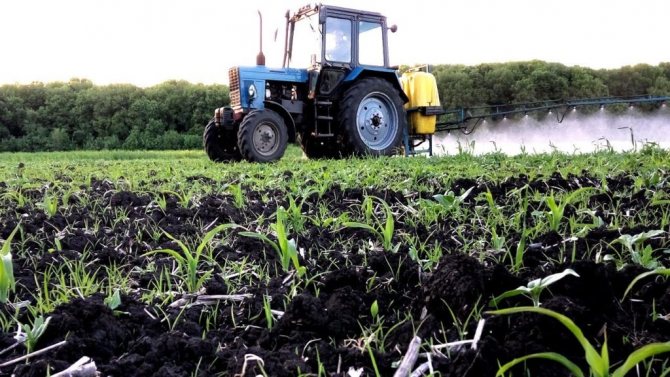

All plant varieties destroy continuous action products
Selective action
Such funds are classified as selective, which means: their action is directed selectively on certain types of plants. This feature contributes to the possibility of using it in summer cottages, farmland for removing weeds from sown areas.
Treatment with such drugs is carried out in various ways:
- introduction into the ground;
- by irrigating the vegetative mass of weeds at the stage of the first leaves.
Assortment and selection of the drug
When choosing herbicides, it must be remembered that the same active ingredient can be used under different trade names. For example, prometrine is Gezgard, Gambit, Honor.
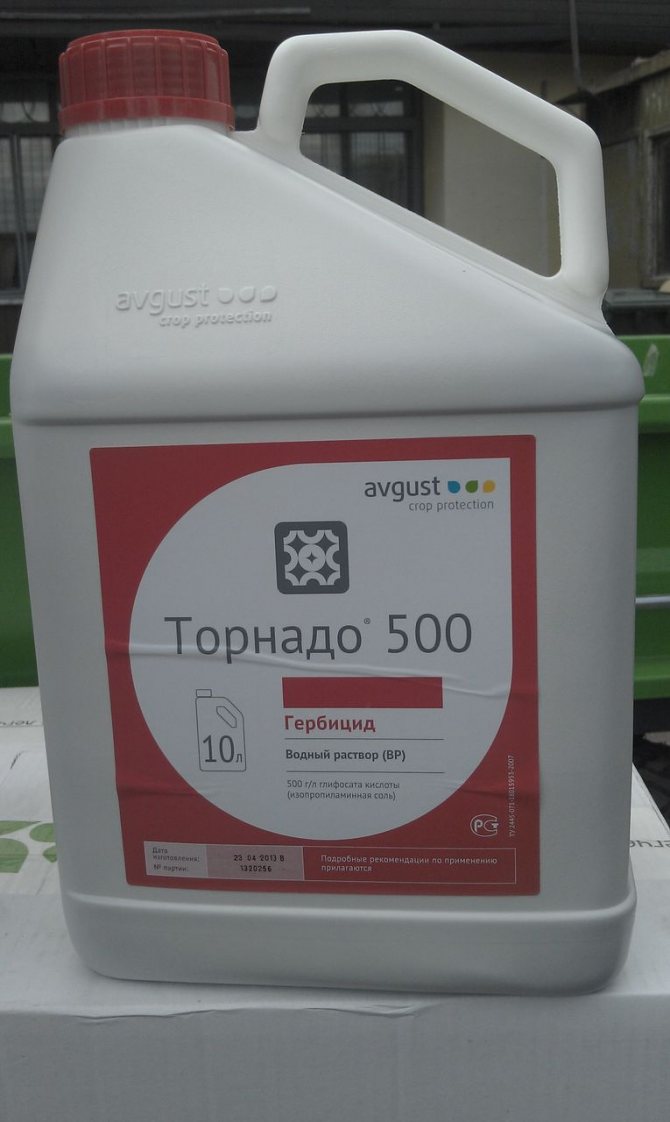

Weed killer "Tornado"
For tillage before planting such herbicides are used as: "Gezgard", "Stomp", "Treflan", "Roundal".
Post-emergence treatment of plantings depends on the crop grown. Each of them has its own types of selective herbicides.
- For potatoes, these are Lazurit, Gezgard, Frontier, Panther.
- For tomatoes - Targa, Zenkor, Fuzilad Forte.
- Beets - Vitox, Furor, Dual.
- Carrots - Targa, Naboo, Furor, Racer, Fuzilad Forte.
- Dill, parsley - "Fuselade Forte".
- Bow - Panther, Naboo, Targa, Goal, Fuzilad Forte.
- Herbicide for strawberries - "Lontrel-300", "Fuzilad", "Betanal".
- Grapes - "Glyph".
- Beans, peas - "Impulse", "Nabob".
- Cabbage - "Fuzilad Forte", "Lontrel-300", "Target Super", "Semeron".
- Cucumbers and melons - "Dual", "Depra", "Naboo".
In some cases, combinations of drugs are used for increased effectiveness. So, for strawberries, herbicides "Betanal" and "Galtiks" are often used in pairs.
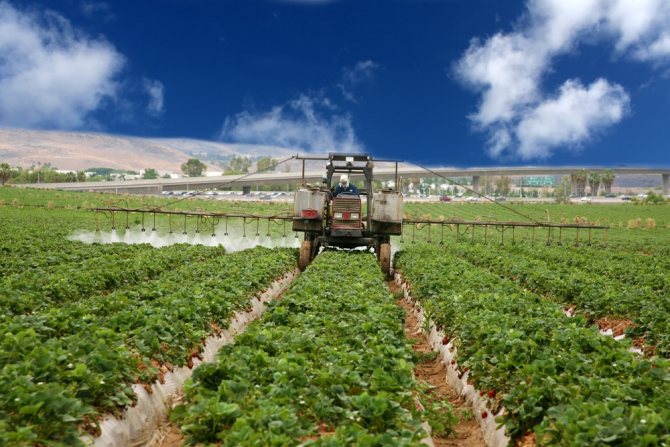

Treatment of plantings with strawberry herbicide
Weed control herbicide rating
It is necessary to treat the use of herbicides wisely. Herbicidal chemicals require careful handling, adherence to the rules of application, dosage and work schedule. It is worth remembering that herbicides against root-sprouting weeds are classified as systemic. To kill dicotyledonous weeds, the herbicide is used as an anti-broad-leaved herbicide. Consider herbicides for weeds, names, method and spectrum of action.
Agrokiller
Means of continuous exposure, high concentration. The active substance is active against:
- wheatgrass;
- hogweed;
- bindweed;
- horsetail;
- small shrubs;
- tree growth.
Not active against seeds, capable of rapid decomposition in soil.
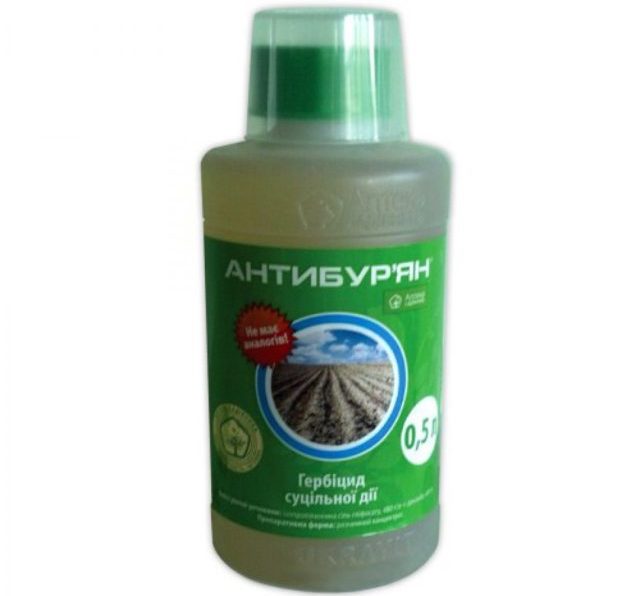

Systemic drug is active against three hundred species of weeds
Antiburian
Systemic preparation of continuous action, which is used against a wide range of weeds after harvest, in a complex of pre-sowing measures. It is active against three hundred species of weeds, does not affect the development of crops involved in crop rotation. It has an affordable price, high efficiency, does not accumulate in the ground.
Antipyre
Systemic herbicide for post-sowing treatment. Destroys perennial, annual weeds in areas sown with rapeseed, soybeans, potatoes, mustard. It is classified as a selective, universal means of combating cereal weeds. Kills weed root, prevents subsequent regrowth. Does not depend on the stage of plant development.
Arsenal
Highly effective, powerful agent for industrial treatment of areas. It is advisable to use it for pre-sowing application in areas not previously used for growing crops. Causes the death of a wide range of weeds, has a prolonged effect, is not suitable for use in plantings of fruit and berry, vegetable crops.
Deimos
A herbicidal systemic agent intended for the destruction of annual and some types of dicotyledonous perennial weeds. Effectively works on crops of corn, cereals.
Zenkor
Means for systemic weed control of various types. Active against annuals, dicotyledons. Provides long-term protection against weed growth.
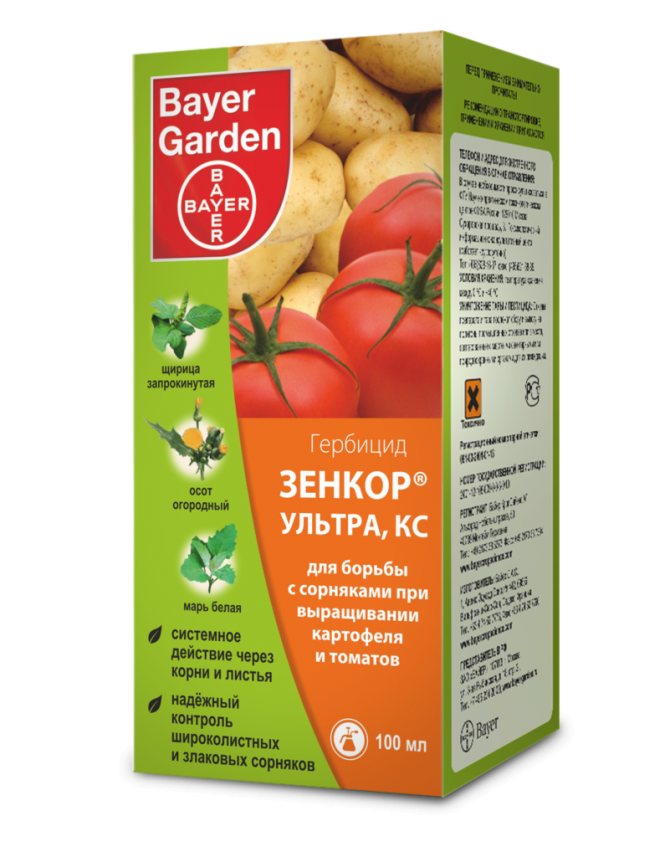

The means of systemic struggle is active against annuals
Lapis lazuli
Selective herbicide for systemic exposure. Destroys dicotyledonous annual weeds in fields with potatoes, tomatoes, winter crops, corn.
Lontrel
Selective herbicide, intended for use on lawns, garden strawberry plantations. Gives good results in the extermination of perennial, annual weeds. The best dandelion remedy. Apply after the last harvest.
Miura
A selective herbicidal agent that is used after germination. The systemic activity of the herbicide provokes the rapid death of the treated plants. Destroys annual and perennial cereal weeds.
Roundup
The drug, which has become widespread due to its safety, high efficiency. The spectrum of its impact includes most species of perennial weeds. It is classified as a non-selective means of systemic exposure. The death of treated weeds occurs two weeks after using Roundup.
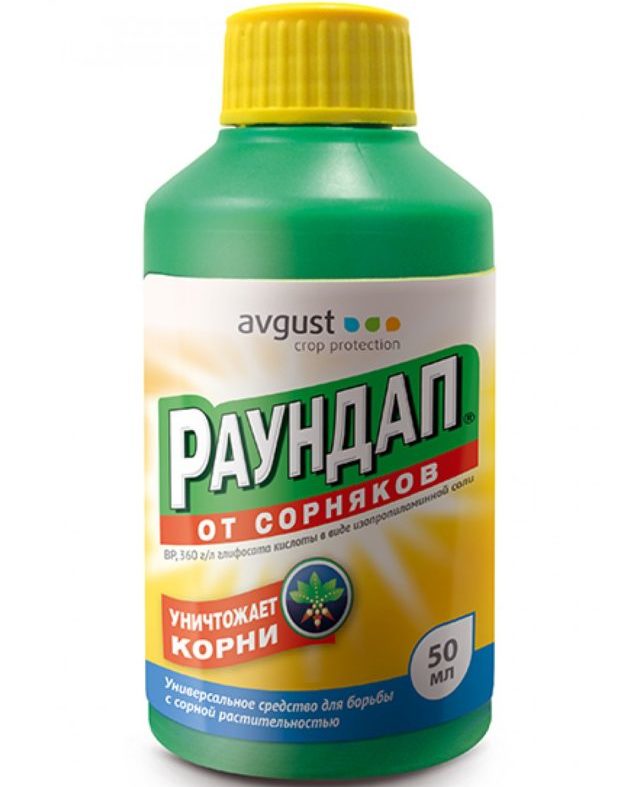

Most species of perennial weeds include a spectrum of its effects
Tornado
Highly concentrated, continuous action. Allows you to save money and time, due to the low consumption of the drug when processing the site. This herbicidal preparation is universally active against perennial grasses, annual weeds. Its wide temperature range allows it to be used the most suitable period for processing. Low toxicity makes it possible to use in small private garden and backyard plots.
Tornado BAU
Ready-made solution in a bottle with a spray for spraying hated weed parasites. Works in hard-to-reach areas, easy to use. Spraying with a ready-made product is carried out until the surface of the sheet is slightly wetted. The substance penetrates deep into the leaf plate, then moves to the root system. The complete destruction of the weeds occurs in 2-3 weeks.
Hurricane
Used in the fields, has a wide spectrum of action. A systemic means of combating weeds in any sown area. Affects most unwanted plants, is recognized as a universal drug.
Hacker
Postemergence systemic drug. It is recommended for the destruction of dicotyledonous annual plants, perennials. Perfectly destroys single specimens and mass plantations of sow thistle, thistle, mountaineer.
Chistopol
A universal means of continuous action on perennial and annual weeds. They are used on those prepared for sowing or planting, after harvesting. Acts on trees, small shrubs.
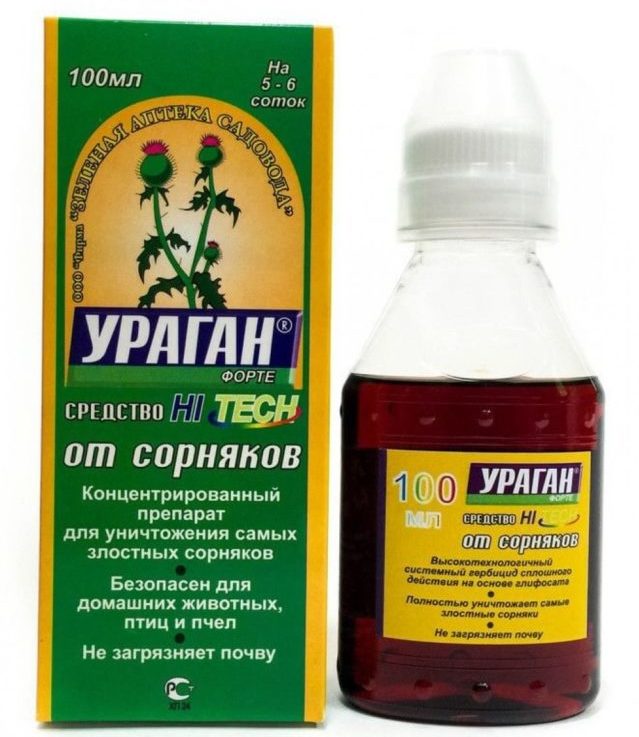

The drug has a wide spectrum of action
Chistogryad
Do you use folk signs in gardening?
A modern effective contact herbicide. Has the ability to dehydrate weed tissue. When the solution gets on the foliage, the active substance penetrates into plant tissues, disrupts metabolism, the synthesis of vital enzymes. The death of weeds occurs after three weeks from the date of processing.
Octopus extra
A product based on highly concentrated potassium salt. Allows to minimize the consumption of the drug when processing large areas. Has a wide field of activity, kills a wide variety of weed plants. Does not disturb crop rotation, does not accumulate in the soil layers.
Corsair
Designed to protect crops of cereals, fodder, beans from dicotyledonous weeds. Belong to drugs of contact exposure. When it gets into parasitic plants, it blocks growth points, weeds die on the 14th day.
Dr. Klaus
Easily destroys weeds, trees, weeds with a developed root system. A means of continuous impact. Helps to clean paving paths, removes moss, creeping grasses from foundations. Active against all types of weeds.
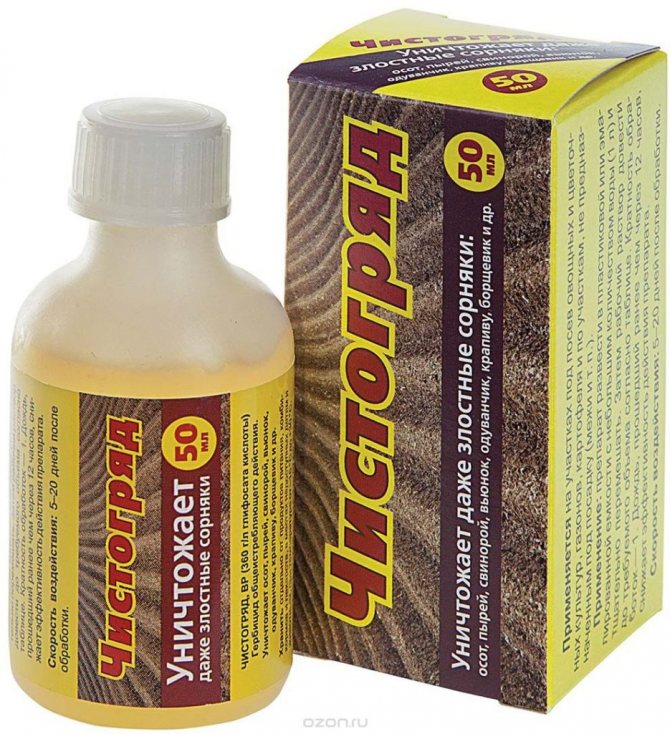

Contact herbicide Chistogryad
Swift
A total killer of garden plant parasites. Applied at the stage of pre-sowing preparation of sites. Helps to develop virgin lands for the subsequent sowing of various cultivated plants. Selective continuous action herbicide. It is produced in granules for the purpose of subsequent dissolution before use.
Prishans
Postemergence systemic two-component drug with a wide range of effects. Suitable for the program of post-emergence protection of grain crops from all types of parasitic weeds.
Weed Control Activities
To keep your lawn in perfect condition, the following rules must be followed:
- To refine the landings, you need to regularly cut your hair. Thanks to her, annual weeds will not have time to shed their seeds. It is recommended to mow the site at least twice a month.
- Low-growing bindweed, which are below the mowing level, are exterminated by combing the lawn.
- Perennials that have a developed root system are unlikely to be eliminated by clipping and combing. In this case, you will need special garden tools. This method is acceptable if there are not a lot of weeds.
- Moss that appears on the lawn is disposed of by aerating the soil cover, timely dressing and liming.
- A large number of weeds is a good reason for using herbicides. They can have a selective or continuous effect.
How to choose weed control herbicides?
The spread of parasitic plants in cultivated areas is a devastating blow to the final harvest. Before choosing a remedy, you need to determine the type of weed that violates the cleanliness of the site. The dosage depends on the active substances included in the composition, their concentration. German herbicides against weeds have high efficiency, low toxicity to humans. Depending on the type of crops grown, you can opt for certain types of herbicides.
For garlic
On the areas sown with garlic, weeds are removed with herbicides using - "Treflana", "Totrila", "Stompa".
For raspberries
The best herbicide for weed control on raspberry plantations is Stomp, Roundup, Kerb.
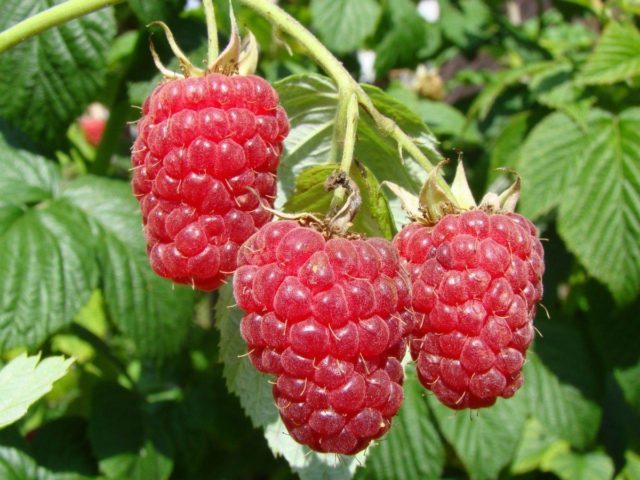

There are several weed-fighting drugs available for raspberries.
For lawn grass
Herbicides for the lawn against weeds before sowing - "Tornado". Deimos and Lontrel will help to remove dandelions from lawns.
For strawberries
In the period of active growth of weeds, "Glyphosate" is suitable, in the first month after transplanting, you can use "Daktal", during the summer - "PAB".
For bow
The safest herbicides against weeds on onion plantations are Panther, Stomp, Totril.
For zucchini
The optimal herbicide for zucchini after germination against weeds is Fuzilad or Targa.
For wheat
Effective herbicides against cereal weeds are improved Benazon, PrimaSE, and Dialen.
For pumpkin
In areas before sowing pumpkin, herbicides are used to remove continuous weeds. These include such as "Glyfovit", "Antiburian".
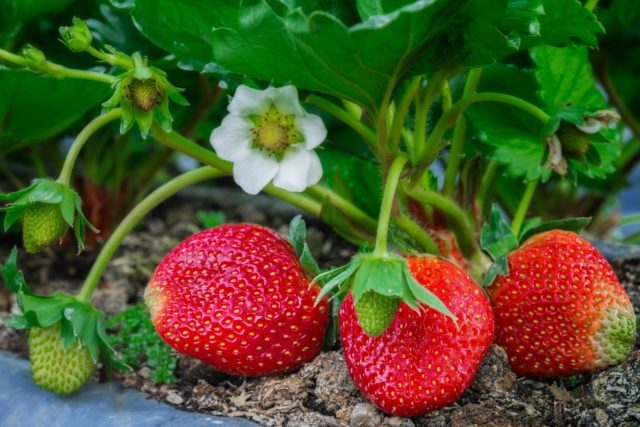

"Glyphosate" is suitable during the period of active growth of weeds on strawberries
For melon
Means for the destruction of weeds - herbicides, reviews of which are positive, the field of application on melons - "Dual Gold", "Mastar", "Targa".
For carrots
Effective herbicides against weeds on carrots - "Prometrin", "Furor", "Racer" and "Naboo". These products work even at low concentrations.
For beets
Weed herbicides in the beetroot garden should be active against annual dicotyledonous weeds. These include "Hexilur", "Tornado", "Vitoks", "Burefen".
Precautions
The use of weed control chemistry assumes compliance with the following rules:
- Do not process on windy days to avoid spillage on garden crops.
- Keep spray head close to the ground.
- Remember that herbicides take 6 hours to dry.
- Spraying should be carried out in dry weather, preferably a day before the onset of rain.
- In case of light rain, add soapy water to keep the chemicals on the leaves.
- Do not work with unprotected hands.
In the process of weed control, it is possible to get herbicides on vegetables and fruits. Wash them thoroughly before eating.
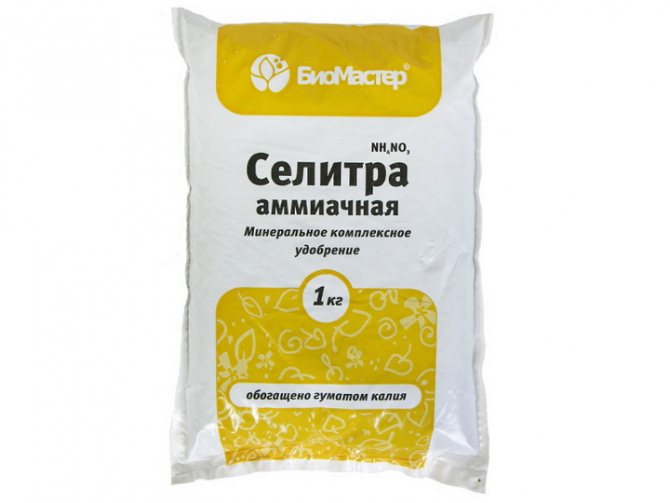

How to treat weeds with herbicides?
To use weed herbicides correctly, the method of application must be followed as indicated in the instructions.
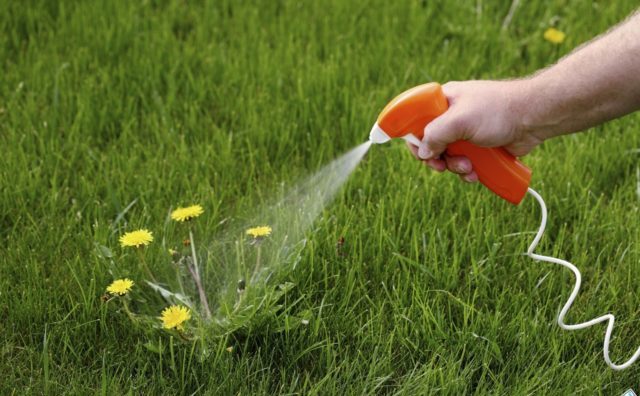

Evening time is the best for irrigating beds from weeds
A quick guide on how to use weed control herbicides:
- dilute the concentrated substance with water, according to the proportions indicated in the instructions;
- to process weeds in dry, calm weather;
- use personal protective equipment during the procedure;
- cover cultivated plants with plastic wrap to prevent plants falling on them;
- the first time after treatment, the presence of people and animals on the treated area is undesirable.
Weed control equipment
The most dangerous weeds for the lawn include plantain, thistle and dandelion. When mowing, buds wake up on their roots, which give impetus to the development of additional branches. Such weeds should be harvested by hand in the first year after planting. In this case, it is desirable to get rid of the entire rhizome.
From the remaining parts of the root system, new plants can form.
The situation is often complicated by drought or high humidity. In the first case, it will not be possible to completely remove the root, in the second, the weeds will grow too quickly to get rid of them through mechanical treatment. It is best to start it immediately after prolonged precipitation.
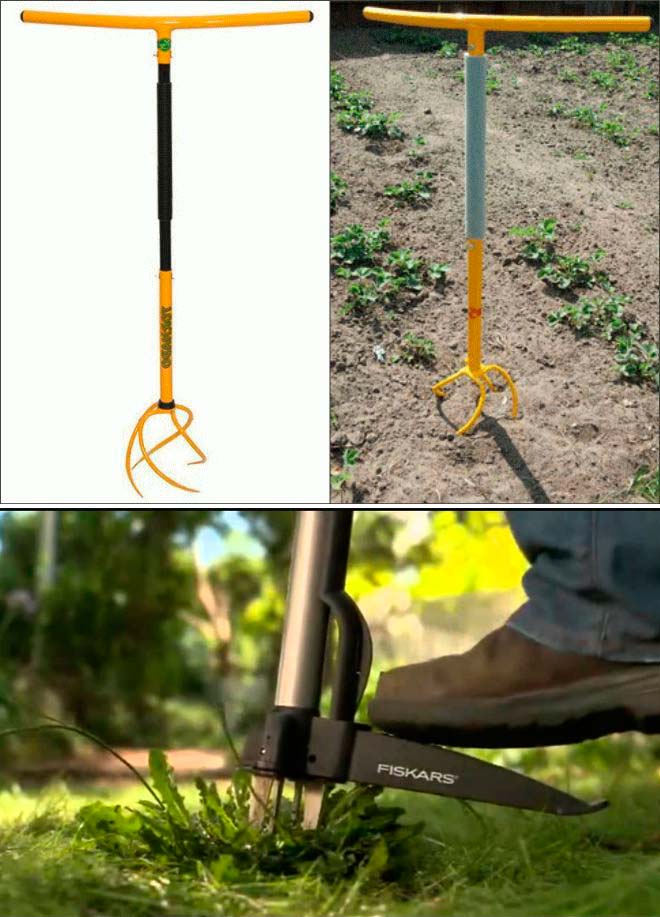

To facilitate the process, you can use a special inventory. The list includes:
- Extractor. The length of this device is 1.1 m. The procedure is not complicated. The tip inserted into the center of the weed is pulled out after being rolled;
- Root remover. This is the name of the scapula, through which rhizome weeds are removed. The length of its narrow part is 30 cm. To cover the weed, the metal is bent at the right angle. The only drawback of this tool is the force that has to be applied during use.
- A homemade tool can be a good alternative to the latter. The metal corner must be sharpened at the desired angle. The handle must be welded so that the gardener does not experience any inconvenience when using the device. The earthen pits formed as a result of weeding should be immediately covered with prepared soil and sown with a grass mixture.
How to apply herbicides
There are several ways to deposit weeds destroying funds:
- application of weed herbicides;
- introduction deep into the soil layer;
- soil surface treatment by spraying;
- scattering of granular weed control agents;
- addition to the topsoil followed by incorporation.
Competent treatment of weeds with herbicides, the cost of which is quite affordable, gives excellent results in the fight against parasitic crops.
Tips from the "beloved grandmother"
You can eradicate wormwood, nettle, quinoa and other plants using simple "folk" means. Vinegar, soda, salt and soap are good for weeds.
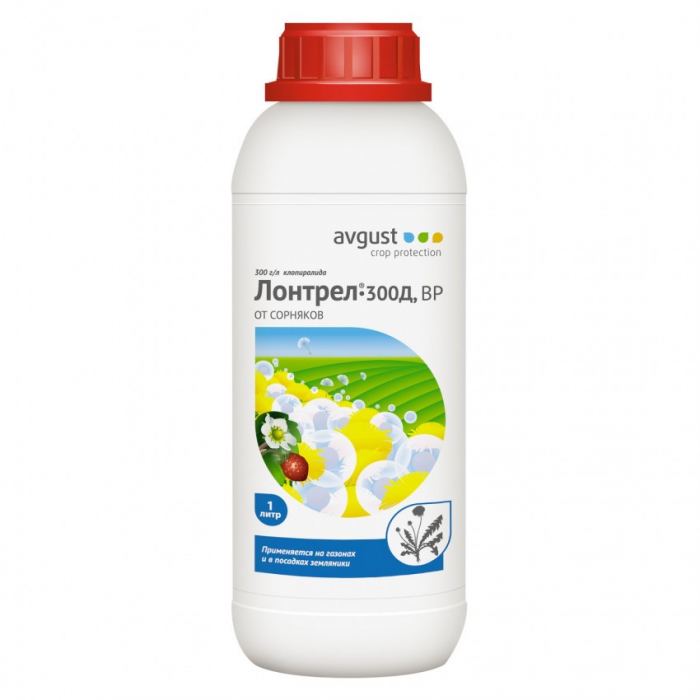

Vinegar and water are taken at the rate of 1: 1 - 2 cups each. 10 g of citric acid, 30 g of alcohol and 8-10 g of liquid soap are added to the acidic mixture. After mixing, the mixture is ready for use. The recommended method of application is spray.
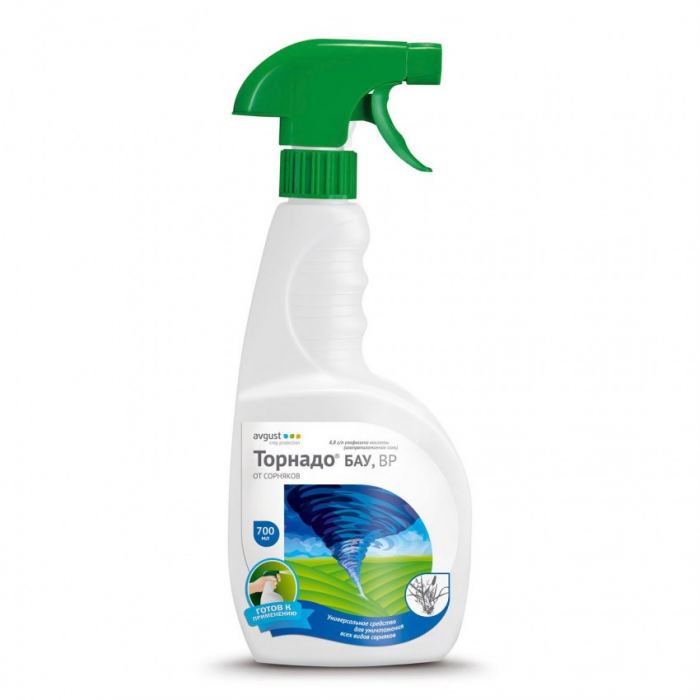

Baking soda and salt are effective in helping to clean between rows and garden paths. Concentrated soda and salt solutions are prepared "by eye" and then sprayed.
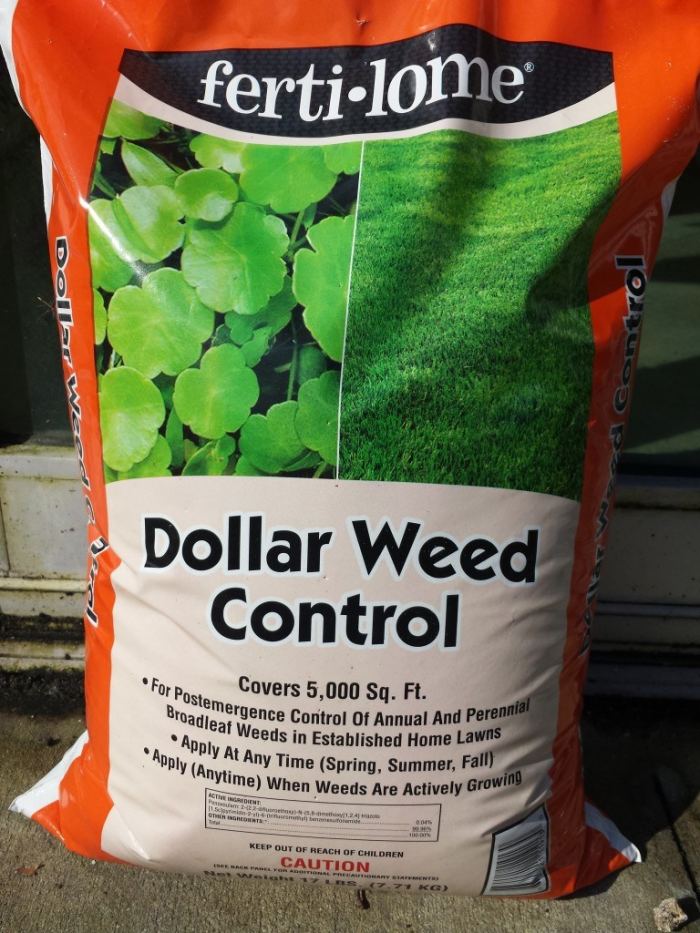



Bush Trimming - An easy guide to curly bush trimming. 120 photos of the best figures for beginners and professionals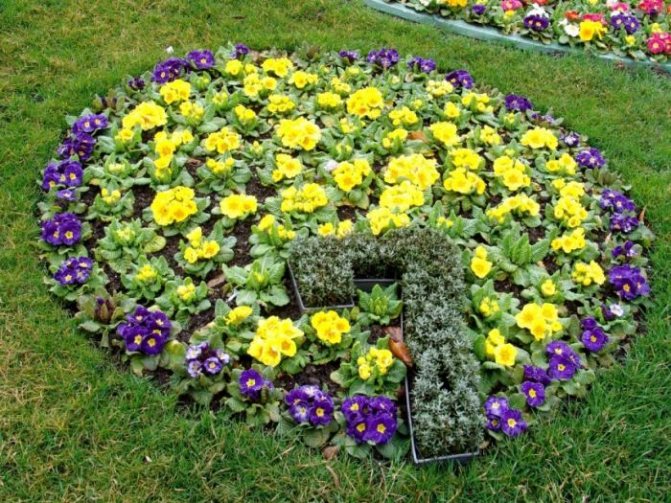

Low-growing flowers - description, types, tips for planting and care.Features of growing and composing compositions (175 photo ideas)
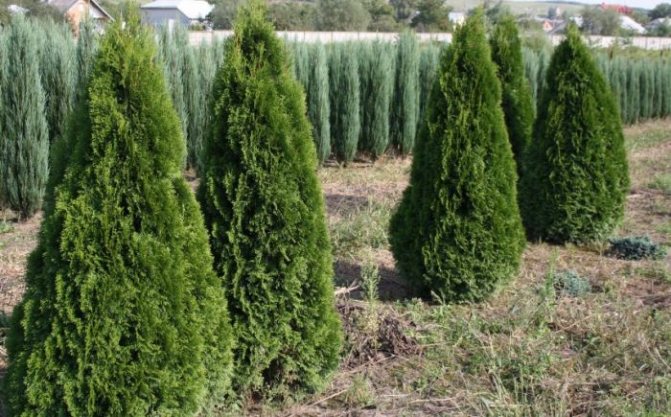

Planting a juniper - rules for use in landscape design and features of caring for shrubs and trees (175 photos)
You can use a commercial (specialized) soap or make it yourself. To do this, you will need to grind the laundry soap and add vinegar and salt to it in the same amount. The mixture should be thin enough to be poured into a spray bottle and sprayed.
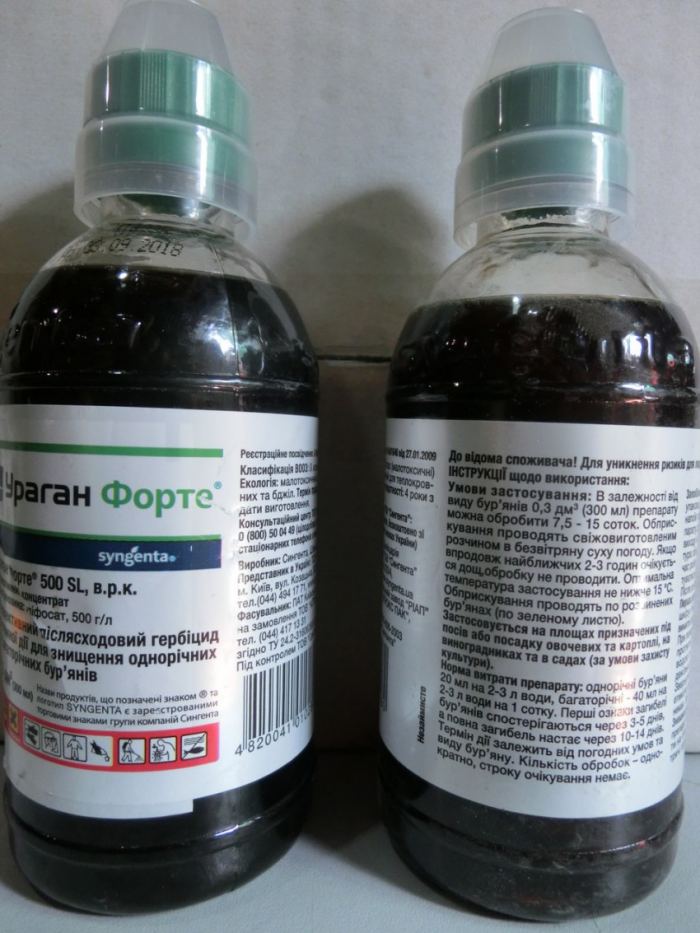

The proposed methods can be applied singly, or combined with each other. If you systematically fight against sow thistle, wheatgrass, dandelion, nettle and other herbs, then over time their number will noticeably decrease.
